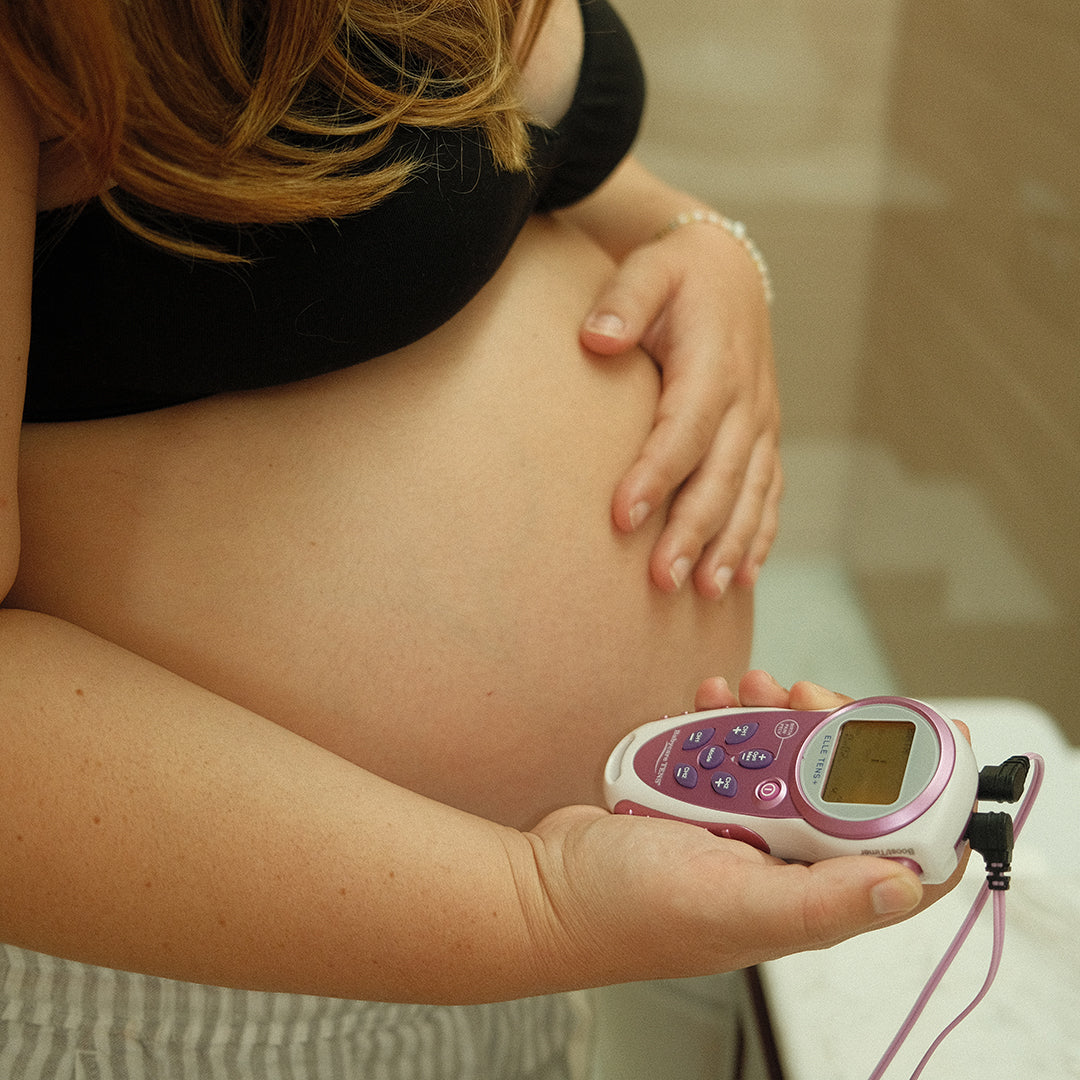"Induction" is one of those terms that floats around your midwife or OB appointments, but you might not know much beyond "it's how they start labour if it doesn't happen spontaneously". A 2022 study from Australian Institute of Health and Welfare found 43% of selected women (those who met the criteria of being between 20-34 years of age at time of giving birth, gave birth at term (between 37 and 40 completed weeks of gestation), had a singleton baby who presented in the head down position) giving birth for the first time were induced, compared to 26% in 2004. Use of induction steadily increased in Australia between 2010 and 2020 (when it started to decrease, likely due to the 2019 pandemic and it’s impacts on maternal and perinatal health care). With the high prevalence of induction methods used in giving birth in Australia, it's useful to understand what it is, why it's used and how, no matter what your birth plan. Birth is a wild ride, but knowledge is power.
What is Induction of labour?
Induction of labour, or just "induction" is when the process of labour is started artificially. It is performed for a number of reasons, the most common of which include: pregnancy going post-term (longer than 41 weeks), water breaking but without contractions starting, the baby is not well or is not growing well or the mother has specific health issues.
Are there risks?
In most scenarios, there will be risks associated with being, and not being induced. For women wanting to avoid intervention, induction is not desired and they may prefer to wait for natural labour to occur. Before you making any decision, your doctor or midwife will outline the risks and benefits of induction and continued pregnancy, and you can ask all your questions.Can you change your mind after induction has started?
Once induction has begun and it is expected to continue until your baby is born. Induction is not usually a quick process, it can take more than 24 hours until your baby is born. You will be monitored regularly and you can walk around but you cannot leave the hospital during this time.Methods of induction
There are four ways to be induced: prostaglandin, a balloon catheter, artificially breaking the waters and synthetic oxytocin.Prostaglandin
Prostaglandin is a gel or tablet that is inserted into your vagina to soften the cervix and help prepare it for the next stage of labour. When prostaglandin is in place, you will need to lie down for at least 30 minutes and remain in the hospital usually until labour begins.
Things you should be aware of:
- Prostaglandin sometimes causes vaginal soreness.
- A small number of women experience some reactions such as nausea, vomiting or diarrhoea.
- Very occasionally, prostaglandin can cause the uterus (womb) to contract too much. If this happens, you will be given medication to relax the uterus.
- Most women will need further help to go into labour
Balloon Catheter
A balloon catheter is a thin tube with a balloon on the end that is inserted into your cervix and then inflated with water. It is used to apply pressure to your cervix. It helps to open it, preparing it for the next phase of labour. The catheter is left in place for up to 12 hours then, after the water is taken out from the balloon, the catheter is removed. You can move around normally while the balloon is in place.
Things you should be aware of:
- Most women will require further assistance to go into labour.
Artificial Rupture of Membranes (ARM)
Also known as or having your waters broken. This can happen once the cervix is open enough. Doctors or midwives will use a small instrument with a hook on it to break the membrane. It is rare that labour would just start after this process so it is usually used in conjuction with syntetic oxytocin.
Things you should be aware of:
- Although breaking your waters is usually straightforward, it can increase the risk of cord prolapse, bleeding and infection. Your doctor or midwife will take care to avoid this but are trained to deal with any emergency that might happen.
- It is rare for labour to start just by breaking your waters. It is best to start using oxytocin soon after your waters are broken.
Synthetic Oxytocin Medication
This is a synthetic version of the hormone that makes you go into labour naturally. A needle is placed into a vein and attached to a drip containing oxytocin. A pump controls the amount of oxytocin medication you are given. Your midwife will turn up the drip every half hour until you are in labour. The length of time this takes differs for each woman but it can take several hours. A midwife will usually stay with you while the drip is running. Your baby’s heart rate will be monitored throughout labour using a CTG machine, so you movement will be limited however, in most situations, water births are still possible.
Things you should be aware of:
- Your ability to move around will be limited by the drip and CTG machine.
- Very occasionally, oxytocin can cause the uterus to contract too much. If this happens, you will be asked to lie on your left side and the drip will be adjusted or stopped. Another drug may be given to reduce the contractions. This may be done if there are concerns about your baby’s heartbeat. Our doctors and midwives are trained to deal with these issues.


















